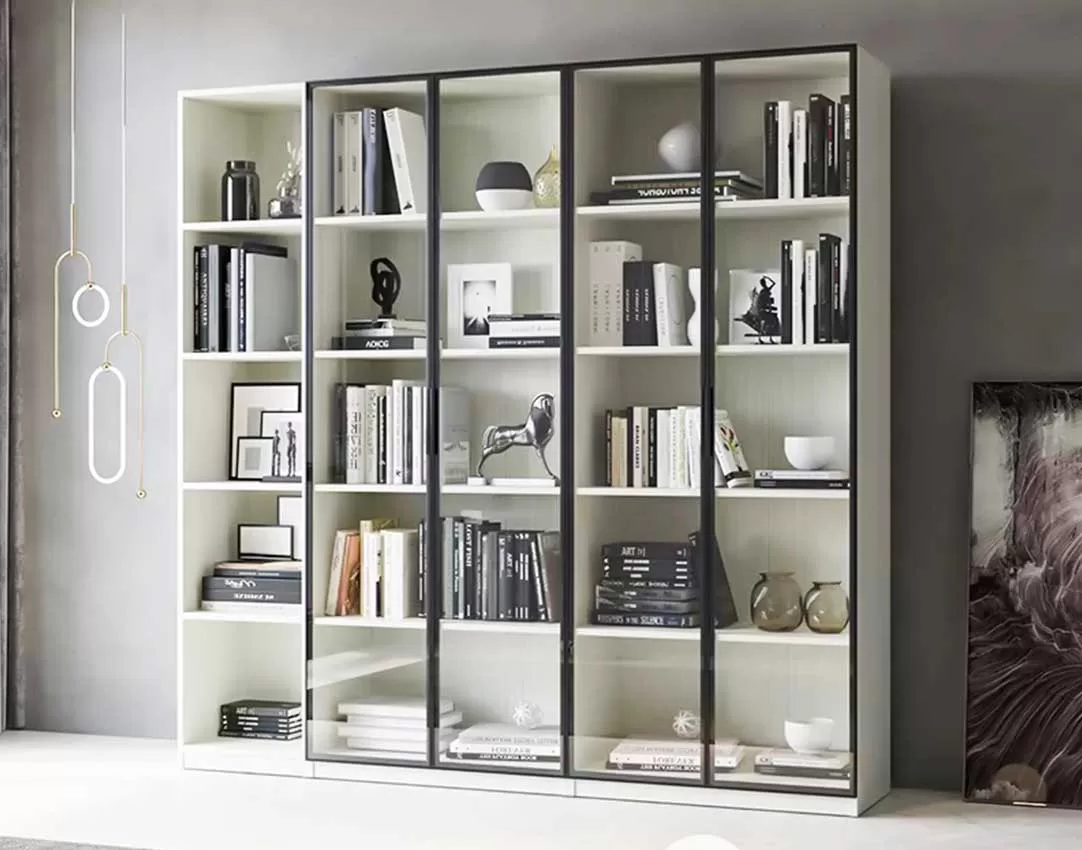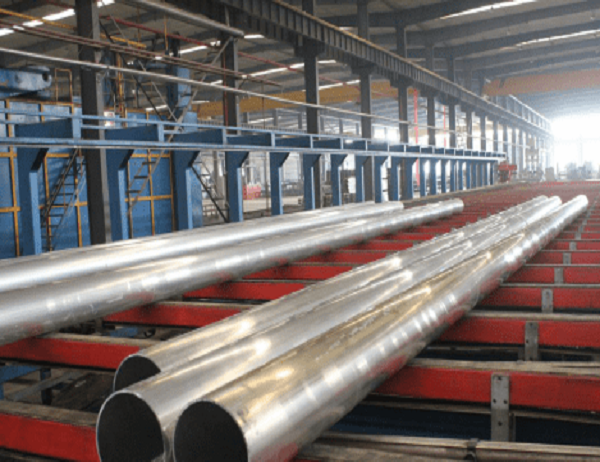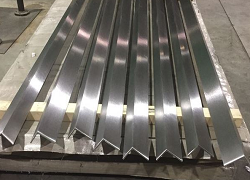In the vast realm of industrial construction, the choice of structural components can make a profound impact on the integrity and performance of a project. Among the myriad options available, aluminum T-section profiles stand out as a versatile and high-performance choice.
Navigating the intricate world of T-section profiles requires a discerning eye, as various factors influence their suitability for different applications. Here is a comprehensive guide to help you make an informed decision when selecting the ideal profile:
Alloy Composition:
The alloy composition of an aluminum T-section profile determines its strength, durability, and corrosion resistance. Common alloys include 6061, 6063, and 6082, each offering unique mechanical properties suitable for specific requirements.
Thickness and Dimensions:
The thickness and dimensions of the profile, measured in millimeters, significantly affect its load-bearing capacity and overall stability. Consider the weight and forces involved in your application when selecting the appropriate dimensions.
Flange Width and Thickness:
The flange width and thickness determine the profile’s resistance to bending and torsion. Wider flanges provide greater rigidity, while thicker flanges enhance strength. Carefully evaluate the load distribution in your design to determine the optimal flange dimensions.
Surface Treatment:
The surface treatment of the profile, such as anodizing or powder coating, influences its corrosion resistance, durability, and aesthetic appeal. Anodized profiles offer excellent corrosion protection, while powder coatings provide a wide range of color options for architectural applications.
Manufacturing Tolerances:
The manufacturing tolerances, measured in millimeters, dictate the precision and accuracy of the profile dimensions. Tighter tolerances ensure proper fit and assembly, especially in critical structural applications.
By meticulously considering these factors, you can make an informed choice between different aluminum T-section profiles that perfectly align with the specific requirements of your project. From heavy-duty industrial frameworks to sleek architectural facades, the versatility of T-section profiles offers boundless possibilities for innovation and structural excellence.



